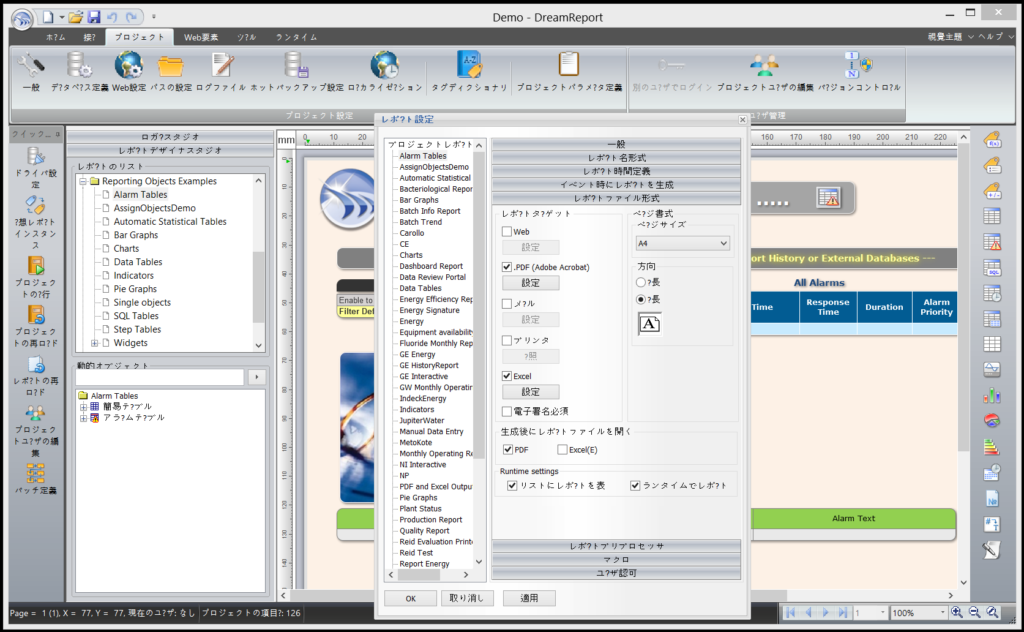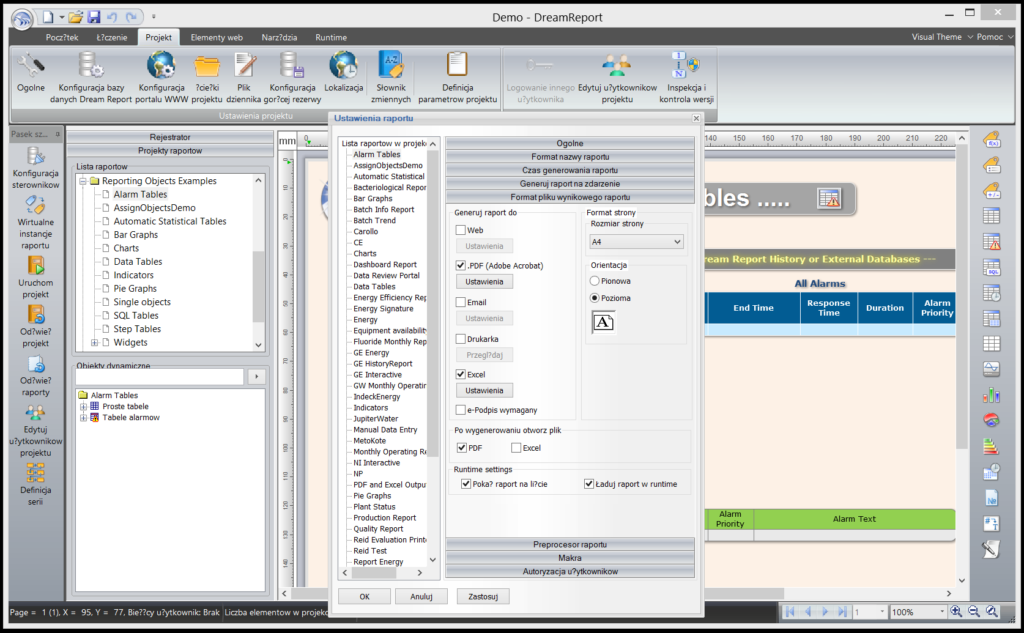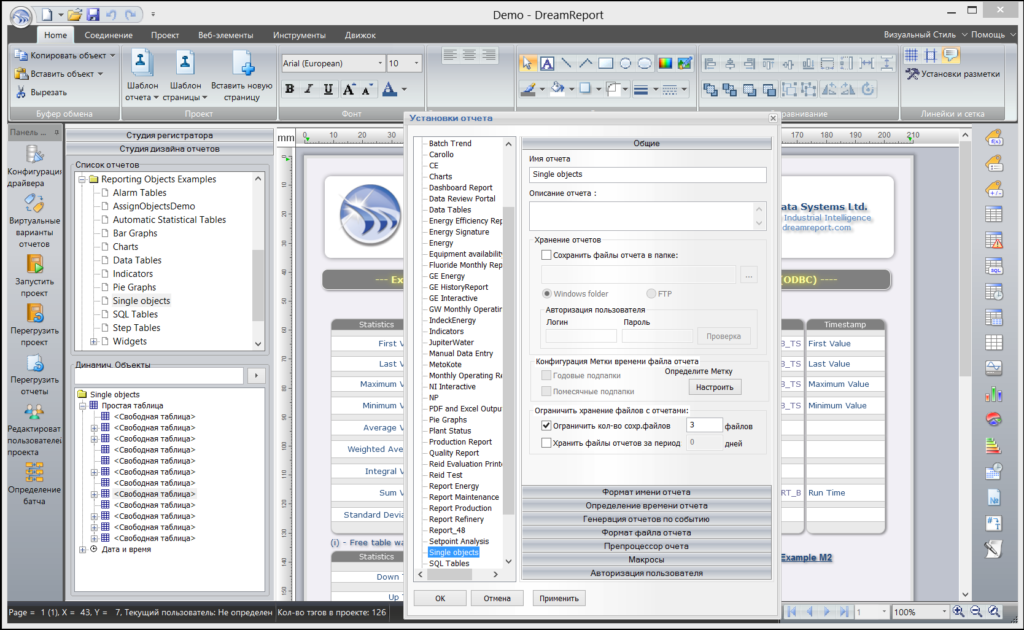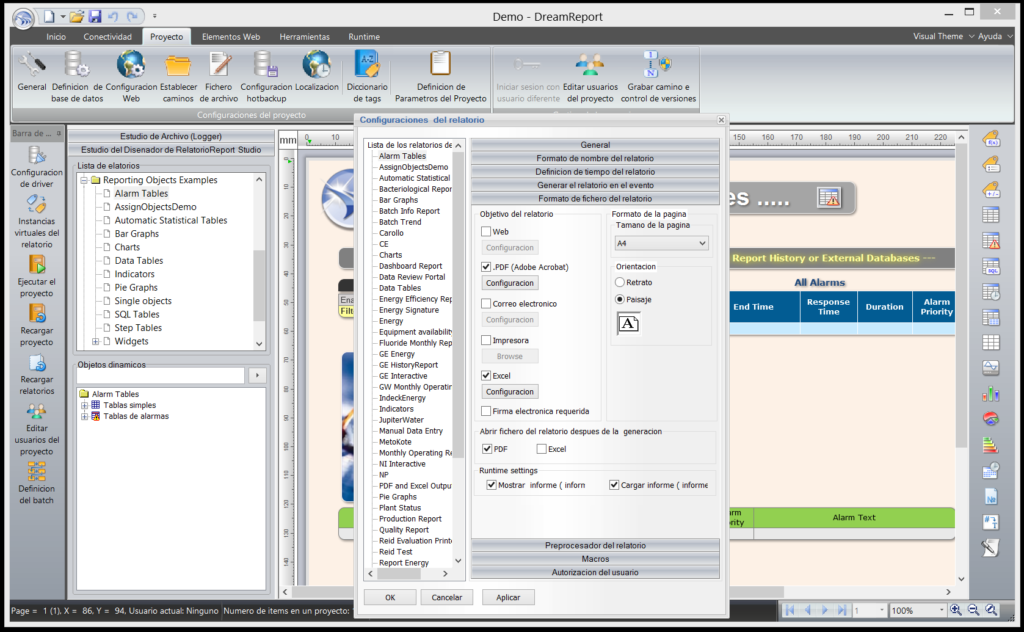Have you ever noticed how many products are available just in one language? It’s great if you only need one language and that’s the one they offer, but the languages that a product supports, and how it does it, tells you a lot about the company and the quality of their offering.
Doing a good job at localization isn’t easy. If a software company delivers their product in multiple languages, then they have gone the extra step above and beyond. You should expect their product to excel in other areas as well.
Localization, the support for local languages and local dates, times, data formats, etc. should ideally be selectable on the fly. A menu item should enable the selection of a language, and the conversion of that product to localized settings should happen without a restart. Even better, the selection of a language can be predefined for a list of users so that the product automatically converts upon login. If you have to purchase different products for different languages, that’s a sign that a product isn’t well architected and language support had to be added after the fact, through a translation process. Moreover, it may imply longer delays to get a new product update or no update at all for other than mainstream languages due to the effort involved.
Dream Report currently supports 14 languages. They are all built into the one solution that you download from our Website. Localization is configurable per project and can also be defined per user to control the Design Studio as well as the Web Portal login.
Dream Report languages currently include; Chinese (Simplified), Chinese (Traditional), English, French, German, Hebrew, Italian, Japanese, Korean, Polish, Portuguese, Russian, Spanish and Ukrainian. Language translations are delivered in a translation table that may be edited by the user.

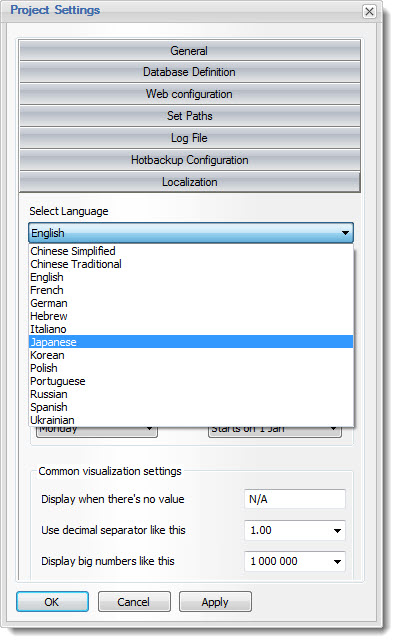

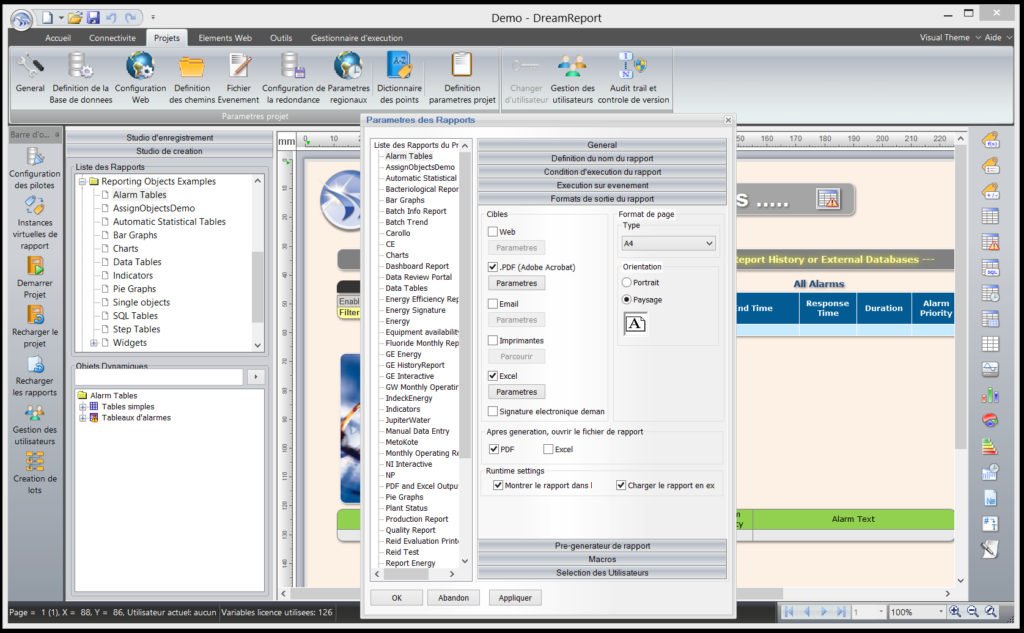 German
German

